Have you ever thought about making vegetable dyed Easter eggs?
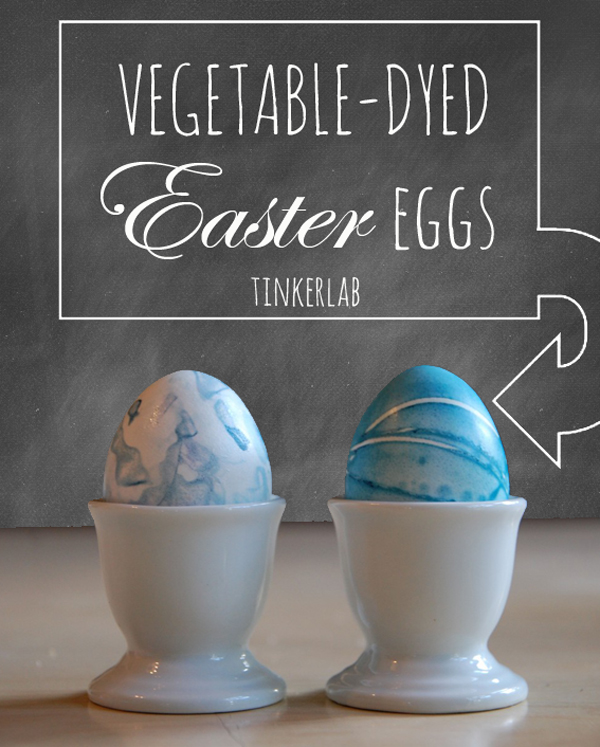
I’m trying to make a move away from synthetic food dyes and wanted to use natural, homemade dyes this year. Not only are these colors absolutely healthy for human consumption, but the process of making them is a wonderful lesson in creating art materials from scratch and can help children think critically about how to achieve various colors colors.
As I was cutting the onions and beets I asked my daughter what colors she thought they’d make. I also asked questions like, “If I wanted to make blue dye, what might I make it with?”
She had fun making guesses based on what we had in our kitchen and garden, and also came up with her own wild suggestions such as, “let’s take the skins off the bananas to make yellow dye!”
How to Make Vegetable Dyed Easter Eggs
Supplies
- Hard boiled eggs
- Skin from one onion, two beets, large handful of spinach, half head of red cabbage
- Vinegar
- Water
- Bowls
- Ice cream scooper
- Rubber Bands
- Stickers
- Crayons
- Parsley Sprigs
- Cheesecloth
Make the dye
I set up four pots of dye:
Pot #1: Onion Skins
Pot #2: Beets
Pot #3: Spinach
Pot #4: Chopped Red Cabbage
Add about 3 cups of water and 2 tablespoons of vinegar to each pot. The vinegar helps the dye set onto the egg.
Cook the dyes for about 30 minutes and then strained the colored water into some bowls.
*Note, you could also experiment with hard-boiling your raw eggs in the dye itself. I’ve heard this works really well.
Three Decorating Techniques
While the dye cooks and cools, this could be a good time to get your eggs ready for dipping.
1. Wrap the Eggs with Rubberbands
We wrapped some eggs with rubber bands. Fine motor skill training for my almost 3-year old!
2. Cover Eggs with Stickers
We covered eggs with spring stickers and office stickers.
3. Color the Eggs with Crayons
And we drew on eggs with crayons. Nothing too crazy. The crayon will resist the dye. White crayon would make for more drama in the end, but my 2-year old had her heart set on blue.
How to Dye Easter Eggs
Some people like to use tongs or whisks to grab their eggs, but our ice cream scooper made for a good egg scooper.
Do you see that barely green water up there? That’s what transpired from cooking our spinach…for thirty minutes! Pale green water. As you can imagine, it didn’t do much to our eggs. Next time I think we’ll try using more spinach…or use green food coloring.
Have you had any success achieving a vibrant green color with natural dyes? I’ve heard that liquid chlorophyll is the best thing to use for green, but I haven’t tried it personally.
Pale Yellow from Onions
We unwrapped the eggs to reveal the hidden images! This pale yellow color was made by the onion skins. We’ve also made yellow dye from ground turmeric (cooked the same as above), which it works really well.
Grey from Beets
It looks brown here, but the beets made a grey-ish color. Dye seeped into the openings of the bunny sticker, revealing a blotchy silhouette that’s still quite nice. A bunch of these all over an egg would be kind of cool, or a simpler sticker would look nice (scroll down for an example).
I’ve had success making a pale pink from beets, and I’m not quite sure what happened here.
Blue from Red Cabbage
But small stickers like this little butterfly left a clear impression. Lovely.
Brilliant blue came from the red cabbage! To make this egg, we wrapped cheesecloth around parsley sprigs and then dipped it in the cabbage dye. If you have pantyhose, that could work even better.
Hole Reinforcement Stickers on Easter Eggs
I found a new life for a stack of hole-punch reinforcement stickers! Don’t you love this? The grey color came from the beets (sad, because I was hoping for pink, but still beautiful), the egg in the back is a brown egg dipped in red cabbage dye, and the yellow egg is colored by onion skin.
Before tossing the cabbage leaves out, I wrapped them around an egg and popped it in the fridge overnight. Tie-dye egg!
For more ideas on how to make natural dyes, you’ll want to read this updated post: How to Make Natural Dye for Painting and Eggs.
More Egg Dying, Decorating, and Science Ideas
Three Easy Tricks for Blown Out Eggs
How to Walk on Raw Eggs. Really.
Have you colored eggs with natural dye?
If you have, please share a tip, link, or photo!!

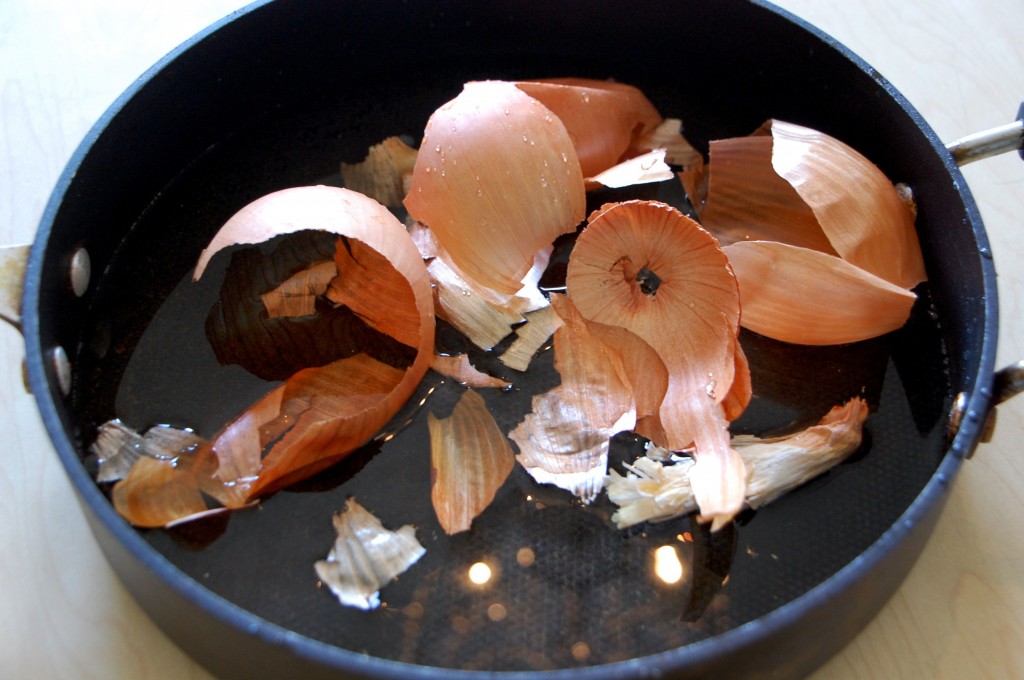
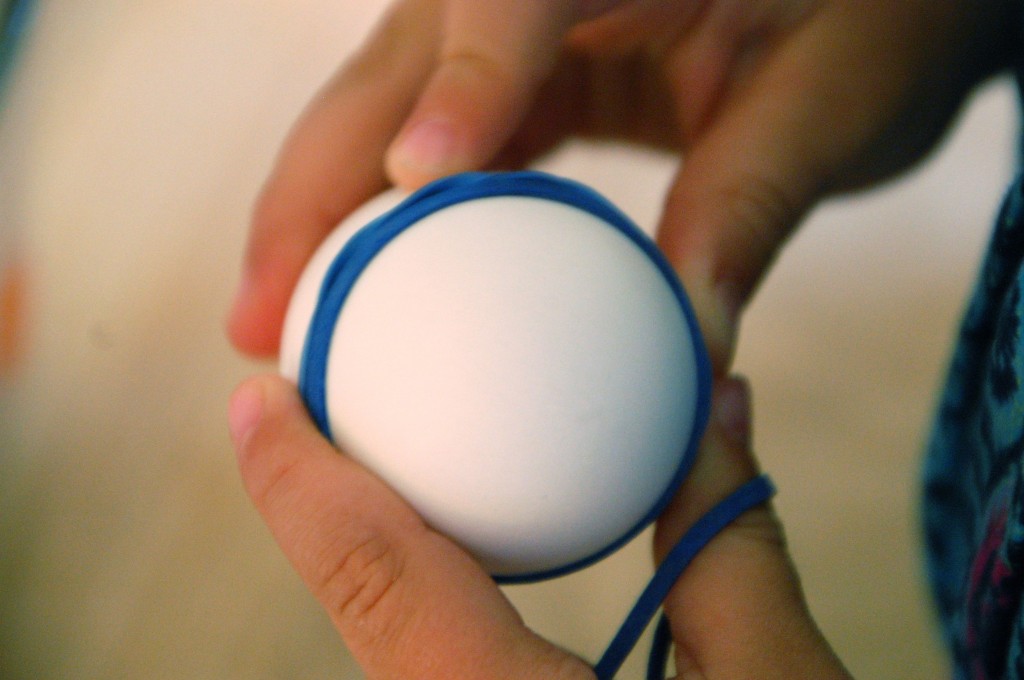
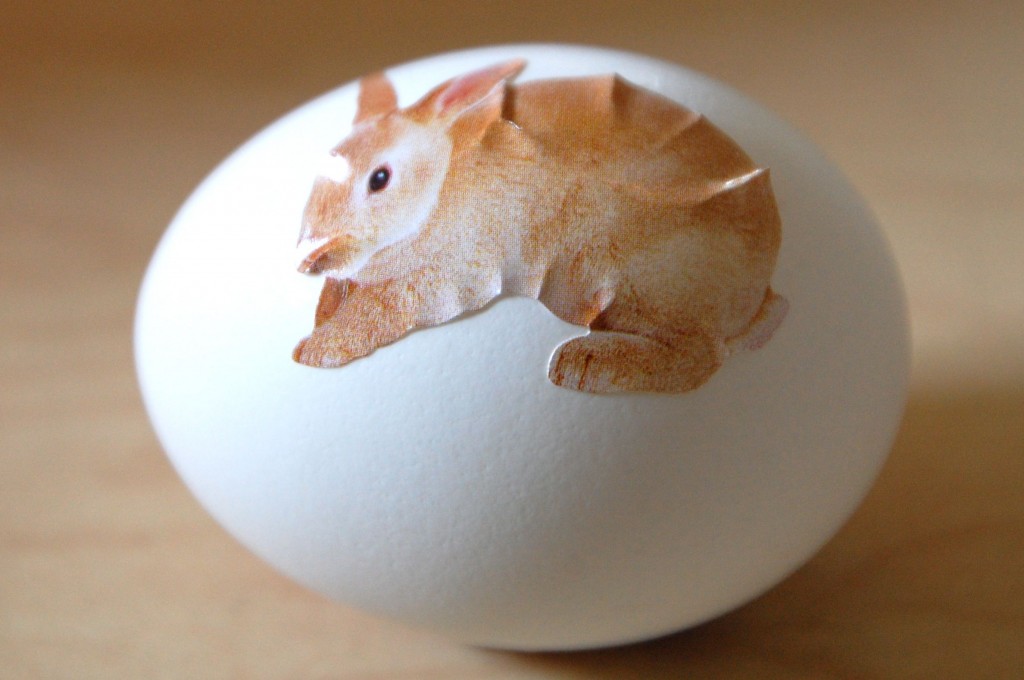
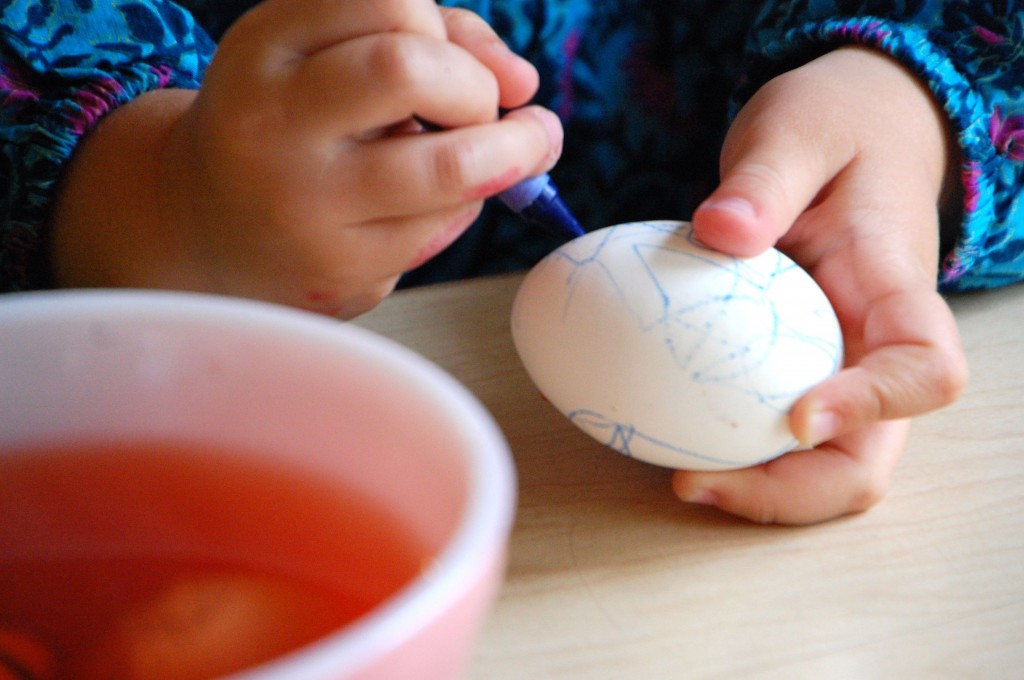
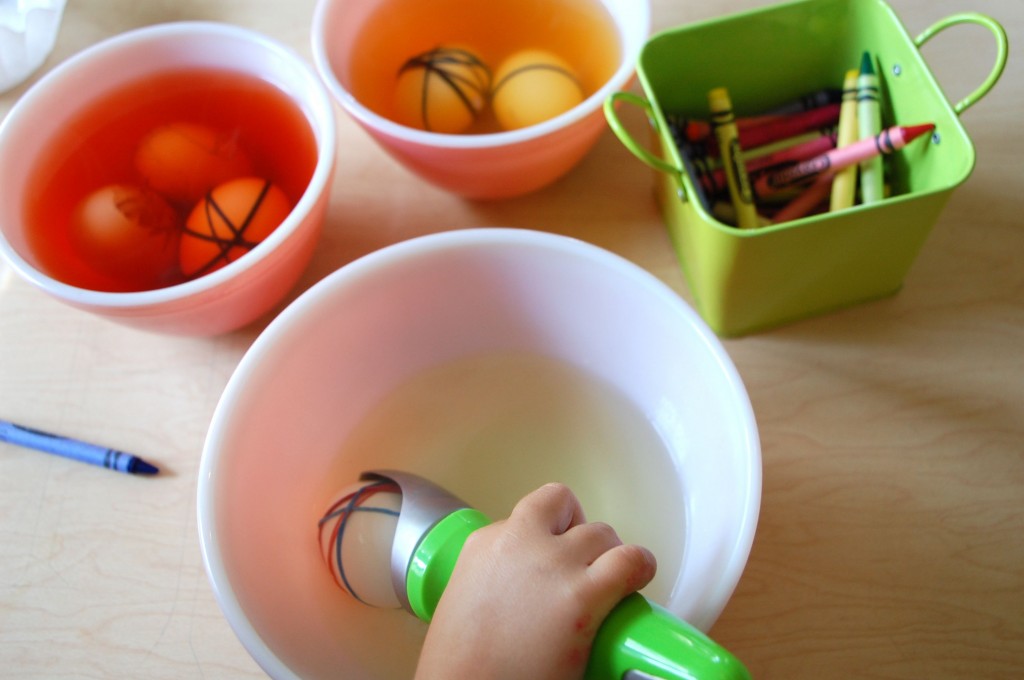
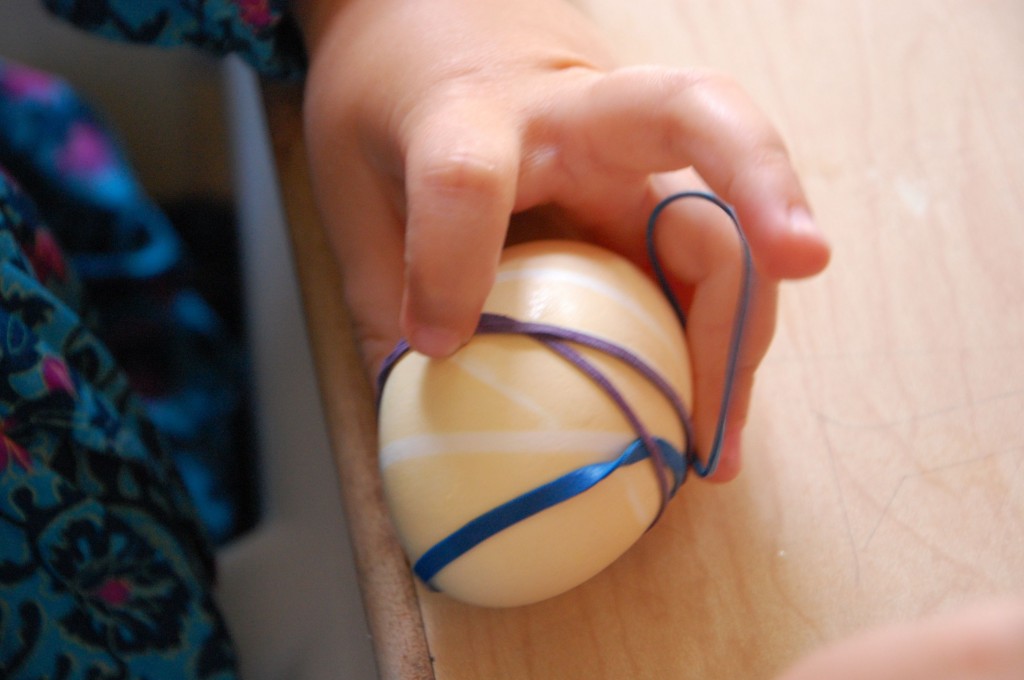
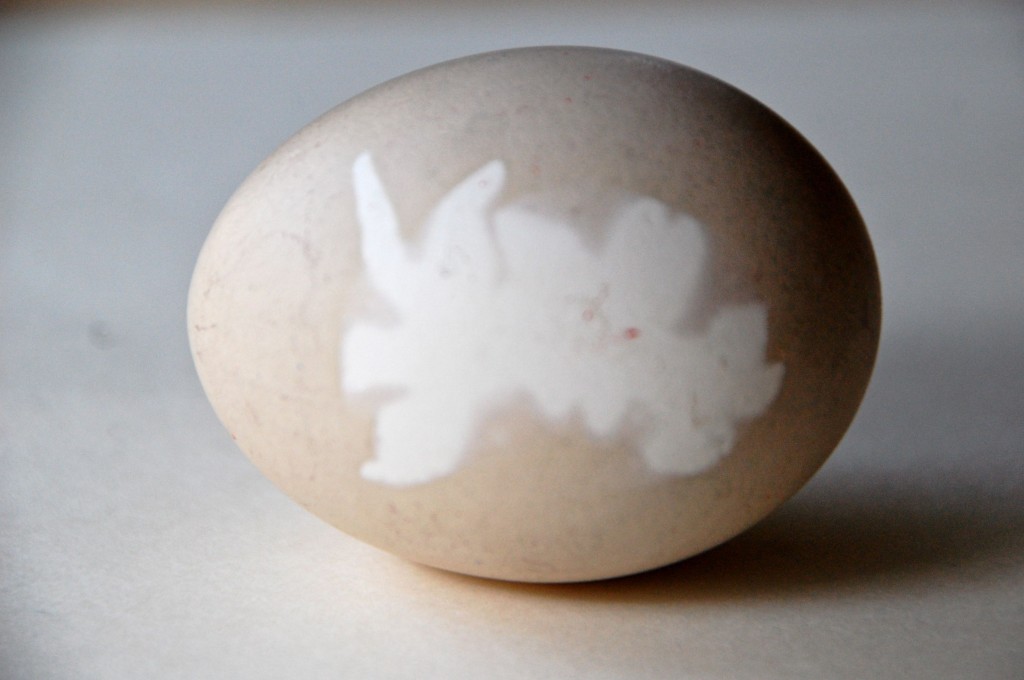
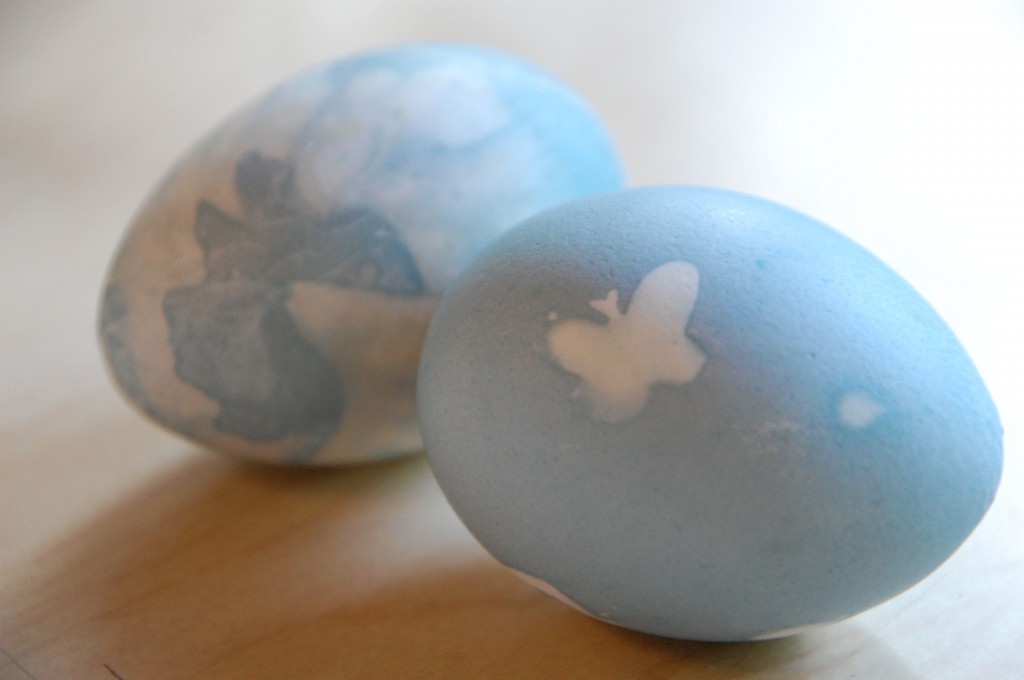
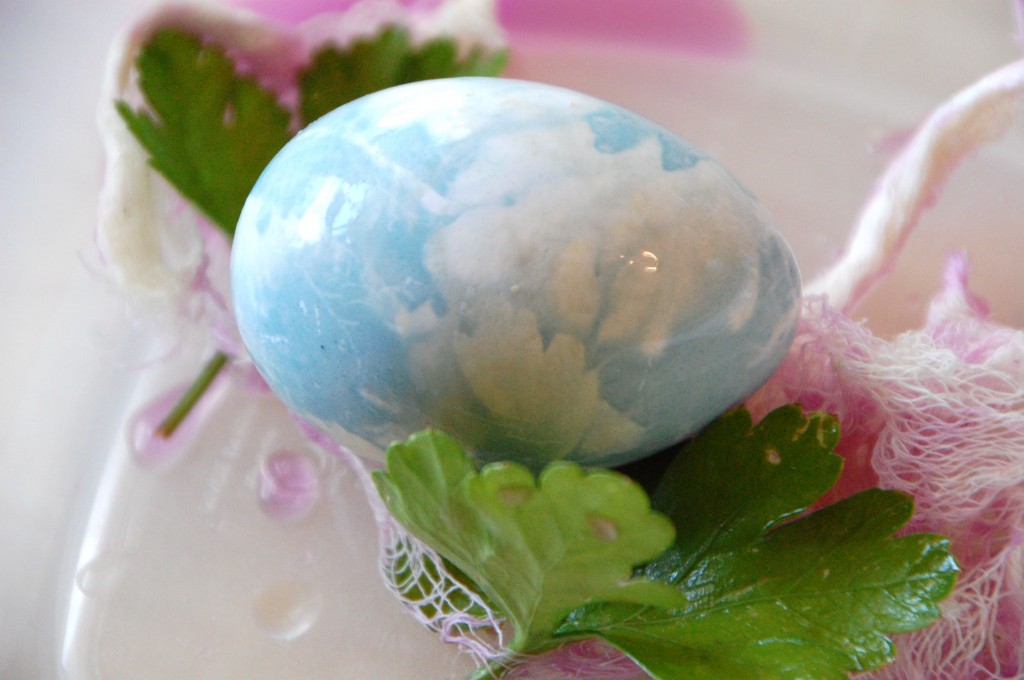
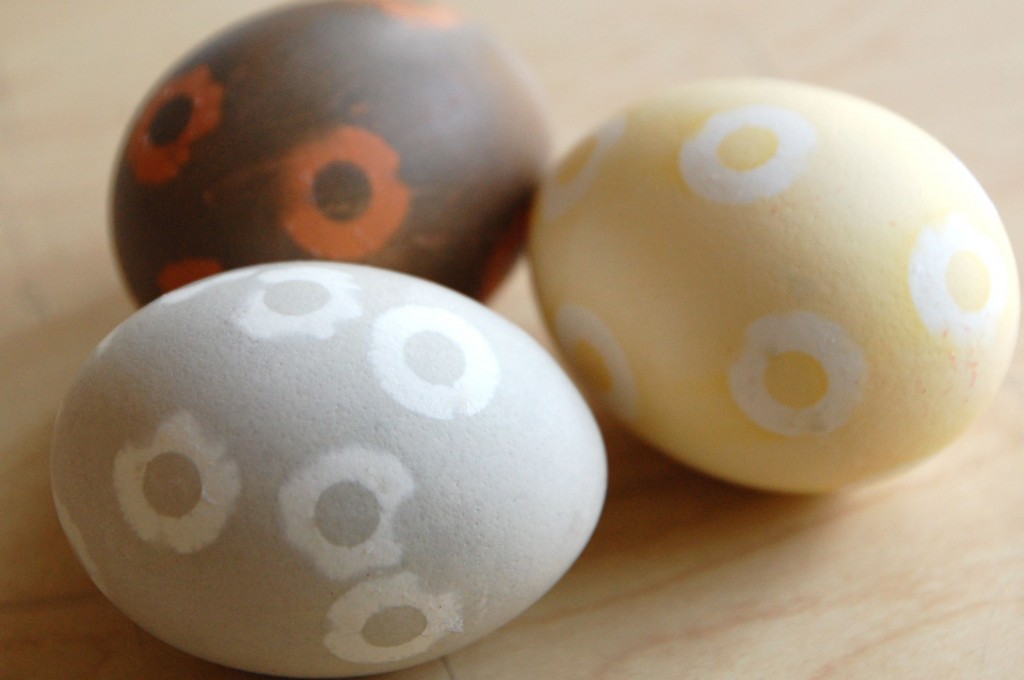
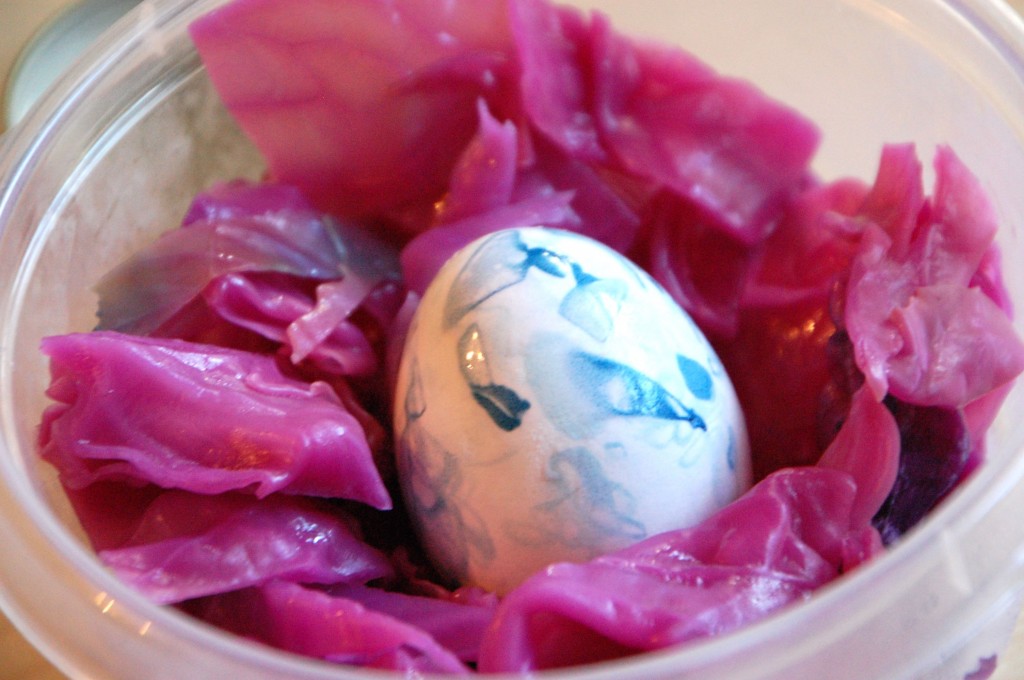

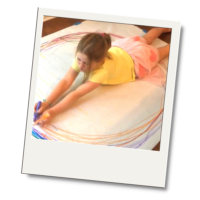

OH WOW I LOVE THESE!!! Spinach did not turn out bright for us either! I wish we would have tried red cabbage! (BLUE?) Looks like you used paas dye-fooled me! We used a few blueberries on ours and that worked for a dark blue—but I want to use more of them next time! Love the banana comment from your daughter! You are AWESOME Tinkerlab!!!
Thanks, Melissa. And thanks to you, we had a good excuse to try some new recipes. Isn’t that blue amazing?
They all look great!! Awesome ideas… Love the use of vegetables, should give it a try! Though we are not much of egg eaters 😉
Thank you, Roopa. Maybe this would be a good reason to eat more eggs 🙂
Wow! They turned out fantastic! I never would have thought red cabbage leaves would have dyed an egg blue. I love the all natural dye ideas. Thanks for sharing!
I know! Isn’t that blue a surprise?! Thanks for the comment 🙂
Idea for green: When we steam or boil artichokes, the water left in the bottom of the pan is VERY green!!
Thank you! We actually had some artichokes few nights ago – wish I’d thought of this!!
I WAS GOING TO SUGGEST ARTICHOKES TOO. OUR WATER IS ALWAYS REALLY GREEN AFTER STEAMING THEM.
LOVE THESE IDEAS. THANKS
Next time we’ll have to try artichokes! Thank you.
The green water after steaming broccoli may work for your vibrant green.
Good idea. And I just read about making a mixture of blueberries and turmeric. (although I think I read that the resulting smell is pretty bad).
I have used the turmeric before it does smell bad and the color is really hard to wash off the pans, but it does make a beautiful gold color. I am interested in trying the blue berries. and it makes a big difference in the color if you cook the eggs in the dye or put cooked eggs in cooled dye.
I like the color the onions produced, so they could be a good, less stinky turmeric alternative. It would be interesting to try blueberries and cabbage to compare the shades of blue. Next year! How are the colors different via cooking the eggs with the dye or soaking in cooled dye? That hadn’t occurred to me.
when cooking in the dye it makes a much darker and bolder color. I saw an article on the Martha Stewart website a few years back and she had a whole chart that told you what colors you could get with what natural dye. it was very interesting, but blueberries was never mentioned on that chart so that is a new one for me to try.
thanks for the info. i wanted to try blueberries too, but the cost difference between blueberries and cabbage made the decision for me 🙂
I have been using yellow onion skins for years (and my grandmother before me for decades) to make the vibrant blood red eggs for Greek Easter. If you spend a little time and boil your onion skins with water and vinegar for 30 minutes than boil your raw eggs in that water for 30 – 45 minutes you will have the reddest eggs you can get. I have purchased all kinds of commercial egg dyes and never been able to match the colour the onion skins have given.
Thank you so much for this great tip! We’ll definitely try it this year. ~rachelle
Looks so pretty, but I am not willing to do it. Too much trouble for a lazy old me,
Why not use the normal and just see, see see.
You will be surprised you will see, see, see
Your child who is wee, wee, wee,
Will not care, care, care,
As the stare, stare, stare.
HIPPITY HOP down the chicken lane, lane, lane,
I think this is insane, insane, insane!
Not you, you, you,
Just you, you decided to do, do, do.
My oldest has serious issues with food coloring, and after trying traditionally colored eggs (once the shell was off, the egg was still vivid with color – yikes!), we are really happy to find an alternative so that she can participate in our faith’s Pascha traditions!
I think for just a craft that the kids would be using for egg hunts and not eating, I probably would just use a traditional kit.
Tea also works well. A green tea will give you a greenish dye color. Red cabbage and beets are great! I use them to color frosting as well. Next time try cooking your eggs with the beets. They are sure to turn red!
Brilliant! If I had cooked the eggs right in the beets I could have boiled them and colored them at the same time! We had so many ideas, but unfortunately ran out of pots before trying things like tea, coffee, spices, etc. We’ll try green tea next time for sure — I have a huge stash of it somewhere.
We made some today. 🙂 I used your idea and loved the effect of both the stickers and rubber bands. The kids had fun decorating. Our onion skins had the best effect. The color of your eggs will sharpen in the fridge as well!
Thanks for following up with your update, Joy! I’m so glad you had a good time, and thanks for the fridge tip.
I’ve been looking for ways to color my eggs without using artificial coloring. Thanks!
You’re welcome 🙂
I should have known you would come through for me! I was standing in the isle dreading the egg dying. The store bought one always seems to be a let down and I was not excited about the process at all. I decided not to buy it. . .and now I am so glad. M and M caught me reading this post. They are really excited and we ended up surfing Tinkerlab instead of reading bedtime stories. I think they’re hooked.
Oh my gosh, Jillian, this is the nicest comment. I can’t believe TinkerLab trumped bedtime stories 🙂 I hope you guys have fun, and can’t wait to read/hear about it.
these are gorgeous! for a natural green dye, we use liquid chlorophyll, bought at the health food store.
Love, love, love the tie dye egg. I want to try this method. Looking forward to my Saturday morning with Three so that we can make a few things. I also really want some of those egg holders.
peace,
Pam
We colored eggs yesterday. I allowed the kids to use the fake dye while I set up a natural dye as an experiment. I had great luck with turmeric making a bright yellow die. My eggs, generally, didn’t look half as nice as yours. I think we’ll do it as a family next year though. It didn’t look like you boiled your eggs in the dye, so that’s a good hint. Thanks.
We added blueberries and the eggs turned a gorgeous robin’s egg blue!
I love the soft colours of your natural dyes. I think the stripey eggs are my favourite. Thank you for once again inspiring us with your creativity 🙂
Thanks Christie! Coming from you, this is a huge compliment 🙂
Using hibiscus tea may make them pink.
for green, try rubbing the spinach directly onto the eggs. this takes a big of effort but the green color is brighter than using cooking liquid.
this also works for turmeric, just rub the powder onto the eggs & voila! golden eggs.
I actually wrote a post on my blog about experimenting with natural dyes. The beets turned a very bright pink and blueberries were a blue/purple color.
Love the ideas (rubbers for pattern!). 2 things from my childhood, as my granny used to do it and her granny nearly 200 years ago: for any shade from yellow to brownish to deep golden-brown use more onion skins. We used to collect them from New year’s day to have lots for Easter. Also, if you rub a little plant oil into dyed eggs it makes colours more intense and eggs have a lovely soft shine to them. Thanks for the ideas, we are sure to try them out this Easter!
More onion skins in the water will give a more intense, brown/reddish color
Thanks for this great tip, Veta!
Beautiful eggs — even the grey colored ones! But to avoid that grey/brown color from beets, you just need to peel raw beets of all outer skin before boiling.
Thank you, Kaley. What a great tip!